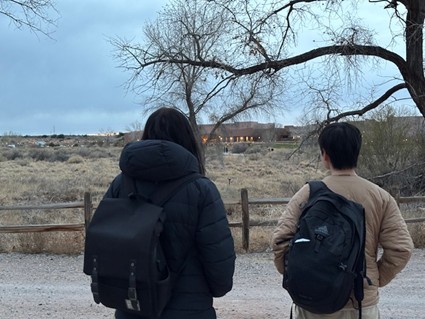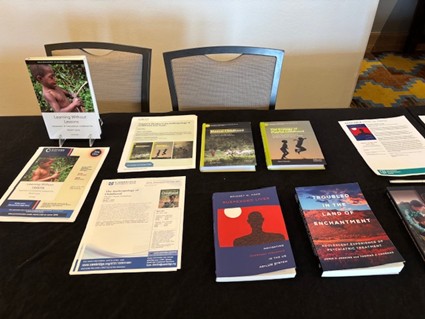Report on the Dispatch to the United States of America:
Presentations at SfAA/SCCR and SPA, and Collaboration with UCSD
Akira Takada
Professor
Graduate School of Asian and African Area Studies
Kyoto University
I visited Portland, San Diego, and Albuquerque in the United States, from March 26, 2025 to April 7, 2025. Although it was a short visit, it was very meaningful, as described below.
The first place I visited was Portland. It is the largest city in Oregon, but the townscape is calm, and I was impressed by the beautiful scenery of cherry blossom trees and the cute bronze statue of seals (Photos 1 and 2).
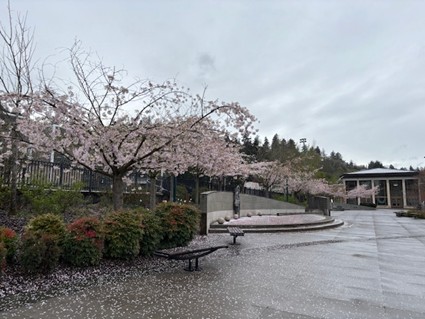
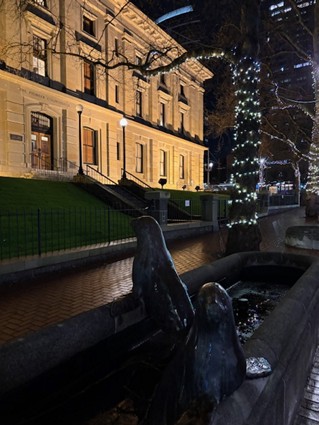
In Portland, I participated in the joint conference of the Society for Applied Anthropology (SfAA) and the Society for Cross-Cultural Research (SCCR), and gave a presentation titled “The Quiet Joy of Fieldworkers in the Kalahari” at a panel discussion called “Secret Lives of Anthropologists: Challenges, Experiences, and Lessons from the Field.” This panel was designed to discuss the behind-the-scenes aspects of fieldwork that are difficult to fully incorporate into academic papers and other research outputs but are essential for conducting good research. It provided a valuable opportunity to gain insight into the challenges and joys of my colleagues’ work. Here, I had the chance to reconnect with my long-time friends and co-researchers Bonnie Hewlett (Washington State University), Barry Hewlett (Washington State University), and Robert Moïse (independent researcher), Adam Boyette (Max Planck Institute for Evolutionary Anthropology), and also had the chance to meet new colleagues such as Christopher J. Kovats-Bernat (City University of New York) and Sylvie Le Bomin (Sorbonne University).
Next, I visited the University of California, San Diego (UCSD) in San Diego (Photo 3) and held a research meeting with Associate Professor Federico Rossano and others from the Department of Cognitive Science, with whom we are conducting joint research.
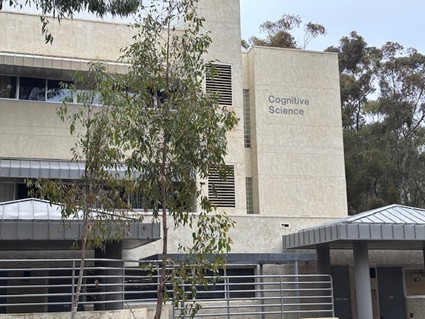
Specifically, the author exchanged research information related to this project with Dr. Rossano, his graduate students, and colleagues, and gave a research presentation titled “Request in human-chimpanzee interactions.” Dr. Rossano and the author have been friends for many years and are promoting joint research on communication, particularly on the interactions including human infants and primates. During this visit, we were able to engage in highly meaningful discussions about sharing recent research interests and further promoting mutual exchange between researchers at UCSD and Kyoto University. San Diego is also a hub for marine research and is known for its beautiful ocean and rugged coastline. From the hotel where I stayed, I could see numerous seals making bold growling sounds just a few minutes’ walk away (Photo 4). Recalling the statue I saw in Portland (Photo 2), I reflected on the beauty of North American nature and its transformations..
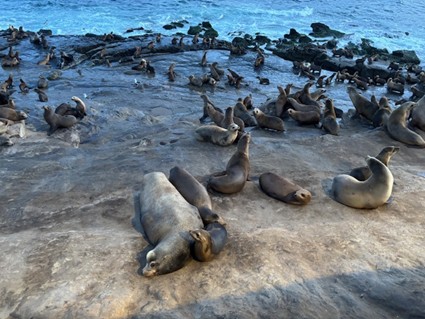
After that, I moved to Albuquerque, New Mexico. The area around New Mexico is known for being home to various Native American groups such as the Pueblo, and for the various negotiations and battles that took place over European colonization of the area. This region is also of great interest to this project, which focuses on the contact zones between African indigenous peoples or hunter-gatherers, and their surrounding organizations and peoples. With this interest in mind, I visited the Pueblo Museum in the center of Albuquerque. Currently, in this region, autonomous organizations descended from the Pueblo groups are recognized, and nineteen governors have been appointed (Photo 5). Additionally, efforts are being made to share stories based on Pueblo traditional knowledge (Photo 6), which provided valuable insights for advancing action research in this project.

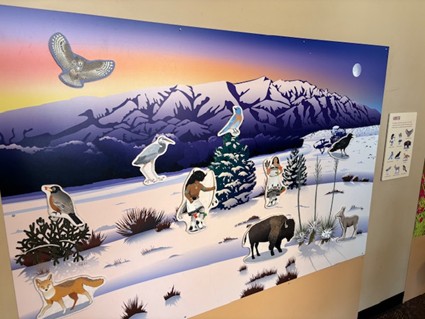
In Albuquerque, I also participated in the Society for Psychological Anthropology (SPA) and gave a presentation titled “(Re)generating environmental perception and social relationships: Analysis of child peer interactions among the G|ui/Gǁana in Botswana” at a panel titled “Children’s Interactions with Peers and Others in Learning Environments.” This panel was designed to reexamine the role that child peer groups and other surrounding people of children play in the learning process in various fields around the world, which resonated strongly with my long-standing interests. The panel included David Lancy (Utah State University), Tom Weisner (UCLA), and Jan Hauck (Ludwig Maximilian University), Suzanne Gaskins (Northern Illinois University), my long time colleagues, and Xiaojie Tian (University of Tsukuba), a former doctoral student of the presenter. Additionally, I had the opportunity to establish connections with Camilla Morelli (University of Bristol) and others who are actively advancing research in the field of Anthropology of Children. The venue, Tamaya Resort, Santa Ana Pueblo, New Mexico, is a beautiful resort hotel built in the middle of the wilderness, modeled after traditional Pueblo architecture, and offers nature trails that take advantage of the surrounding natural environment (Photo 7). The quiet environment felt ideal for focused academic discussions. At the venue of the Psychological Anthropology Society, we also displayed the English monographs of David Lancy, Xiaojie Tian, and myself (Photo 8). After engaging in many stimulating discussions, I reluctantly left Albuquerque, surrounded by the vast wilderness.
